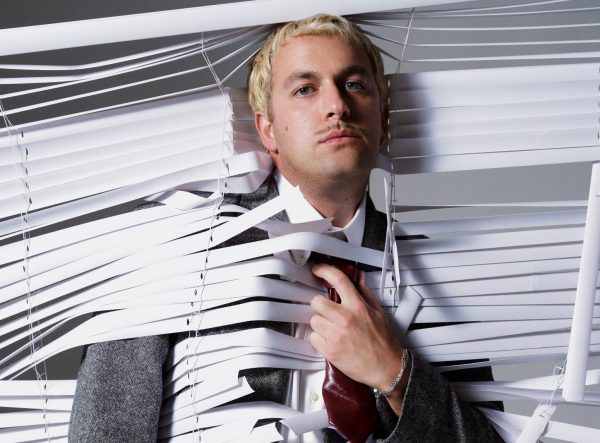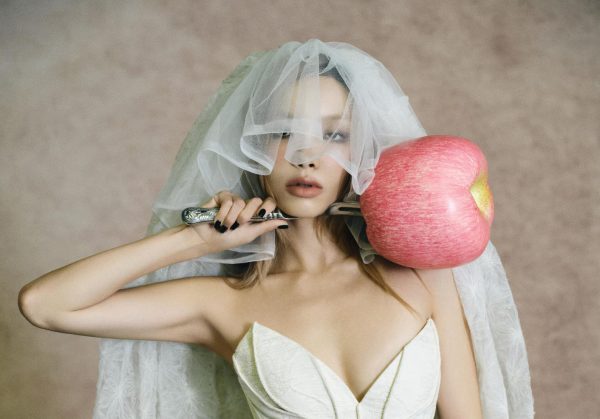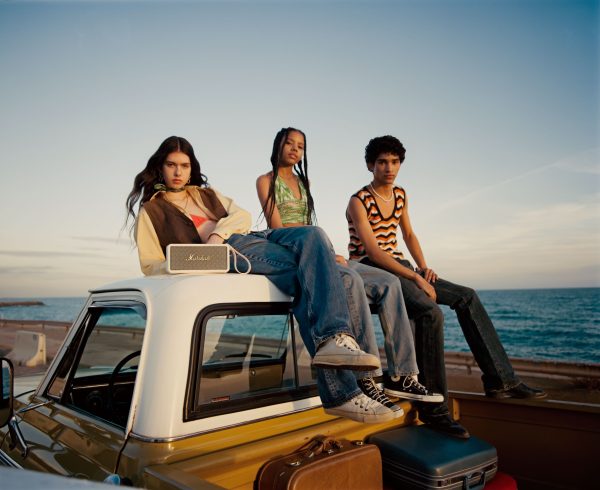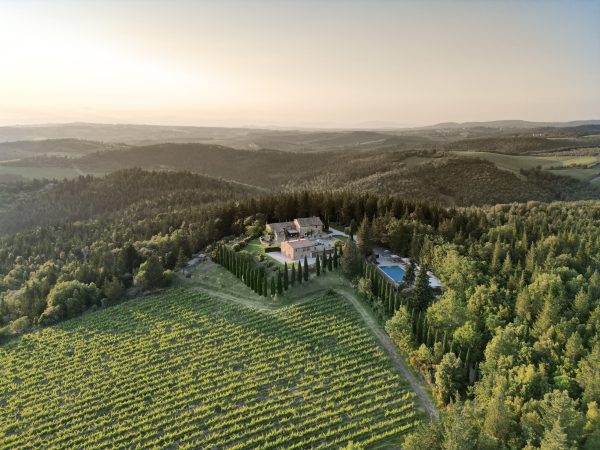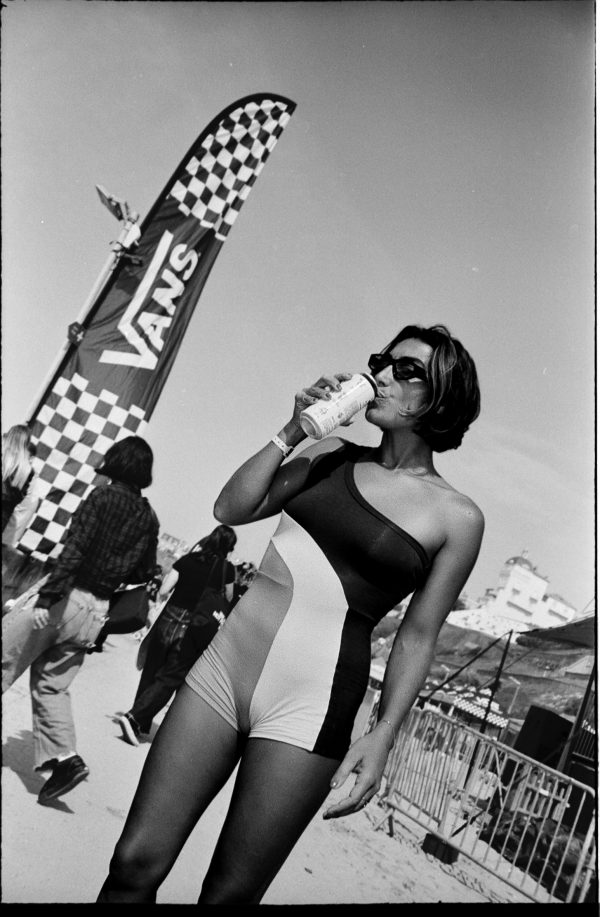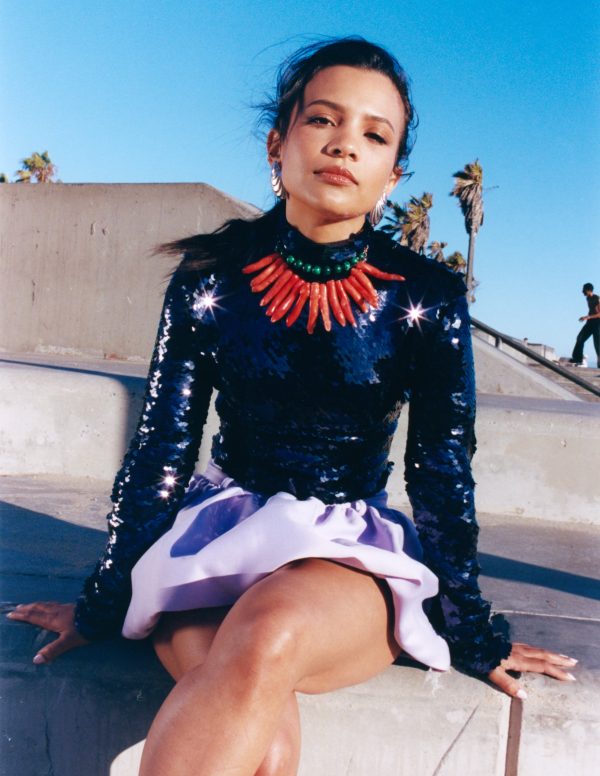
What does it mean to be a diva? For some, it means to go against gender norms and stereotypes. For others, it means to pursue one’s passion — and do it in style. Despite the word having a slight negative connotation for being ‘too’ much, the Victoria & Albert Museum is reclaiming the word and celebrating the icons that do more than embrace the term ‘diva’ — they embody it — in the V&A’s new exhibit. Aptly called DIVA, the exhibit celebrates the work and power of divas in film, stage, music, whether they are from the past or the present.
The exhibit, which includes Elizabeth Taylor to Freddie Mercury to Liza Minnelli and Dolly Parton, brings together artefacts and garments that shaped a diva and the public perception’s of them. With the curated exhibit brings an accompanying book, titled DIVA, that gives readers a glimpse into the personas of performers to uncover why divas run the world, what unites them, and how the stories of divas provide insight into how they have intersected with society and created change through their voice and art.
Curator and editor Kate Bailey chats with Schön! to discuss the process of curating the DIVA exhibit, different aspects of the official exhibition book, and more.

Cher, Elton John and Diana Ross at Rock Awards Santa Monica Civic Auditorium 1975; Various Locations; Mark Sullivan 70’s Rock Archive (Photo by Mark Sullivan/Contour by Getty Images)
When you were approached to curate the exhibition and edit the accompanying book, what excited you most about the project?
I started developing an exhibition idea about the Diva back in 2015 when I was curating the Opera: Passion, Power and Politics Exhibition at the V&A. I was fascinated by the story of the diva, the art and lives of iconic performers and the lineage of female artistry. It was exciting to have the opportunity to realise this exhibition concept and to research and identify the variety of objects on display which are integral to telling the exhibition narrative.
What was your first step when tackling a project of this size?
Research, Curiosity and Creativity! The breadth and depth of the Diva is vast so required full immersion in the subject matter – books, interviews, films, performances to help crystalise the concept, story and structure. It was important that the exhibition answers research questions, brings fresh perspectives to the subject and is also a unique V&A approach that reflects our collections and mission to inspire and celebrate creativity.

 How did envisioning the exhibit help inform the creation and the crafting of the book and vice versa?
How did envisioning the exhibit help inform the creation and the crafting of the book and vice versa?
The development of the exhibition and the book are worked on simultaneously so there are direct synergies between the design of the experience and the structure of the publication. The Diva exhibition is structured in two main acts – Creating the Diva and Reclaiming the Diva. The first act – Creating the Diva provides a chrono- thematic journey of the diva from 1830 – 1960, looking at the origins of the team and placing the diva in their social, political and historical context. The second act – Reclaiming the Diva is a thematic celebration of the Diva from the 1960s onwards. Here we explode the term and see how it has been adopted, adapted, reimagined across the world of music and performance. In each act, there are six scenes and individual divas are selected to convey the story which is mirrored in the accompanying publication.
You worked with a number of writers to create the book; what was the process like working with them?
It was great to commission a range of authors to write for the book and to bring their perspectives, expertise and ideas into the process. Diva is a big topic across opera, film, stage and popular music and it was fascinating to explore and brainstorm a myriad of views on the subject and to provide a diverse mix of voices from across academia and journalism. Each chapter focused on one of the exhibition themes and considered a wide selection of divas and exhibits.


During your research while developing the book and curating the exhibit, was there information or a certain fact that you found compelling that you weren’t aware of prior?
It has been fascinating to discover more about the life, art, and challenges faced by individual performers and to be able to explore and consider links and the networks of influence between the generations of divas.
Similarly, were there specific artifacts that you are excited you’re able to include in the curated exhibit?
The exhibition is full of so many fascinating and rare exhibits. It was particularly exciting to discover Theda Bara’s costume from the silent movie Cleopatra, 1917. The film doesn’t survive but we display this remarkable exotic, beaded costume alongside the powerful image of the performer. Edith Piaf’s throat spray and Maria Callas’s Tosca gown are also thought provoking. And Rihanna’s Maison Margiela Pope outfit from the Met Gala is just breath-taking!


Something I found quite powerful while reading the book is how early “divas” existed. Marie Lloyd, the music-hall star, fought for poorer members of the profession while Theda Bara demonstrated the power of crafting your own image and having creative agency. How do you think these early “divas” helped shape the divas we know in art, music, film and culture today?
These early divas were firebrands, pushing against the status quo, the first of their kind. They were performers who through their own individual journeys towards recognition and freedom also paved the way for future generations to follow. They rebelled against the prevailing patriarchal expectations of women’s behaviour and place in society, creating new spaces in which women could be expressive, outspoken and exploratory. Look at Josephine Baker for instance, who went from an exotified dancer to French national hero honoured in the Pantheon. Baker directly inspired the likes of Diana Ross, who in turn inspired artists like Rihanna. This exhibition really demonstrates this standing on the shoulder of giants we see happen across generations of divas.
The exhibit will celebrate the likes of Josephine Baker, the first global Black superstar, civil rights activist and Second world war spy — someone who showed everyone that there is political power in a performance. Is there a diva in particular you’re excited for people to learn about, whether that be through the book or through the costumes and artifacts that will be shown in the exhibit?
We’re highlighting artists like Lois Weber, a trailblazing silent movie director who pioneered film-making techniques and tackled ‘women’s issues’ such as abortion and birth control on screen at a time when women in film were very much in front of the cameras, not behind them. Or Black opera diva Marian Anderson who when denied the opportunity to sing for the Daughters of the American Revolution to an integrated audience, went on to perform at the Lincoln Memorial in front of 75,000 at the request of Eleanor Roosevelt. The public discussions around this moment in 1939 became a catalyst for the nascent US Civil Rights movement. We’re also hoping the highlight the nuanced, multifaceted careers of more familiar divas – many people know Baker as a caricature in a banana skirt, fewer people know of her activism. Likewise with artists like Aretha Franklin, Annie Lennox or Madonna – whose impactful activism is often subsumed under the glitz of their showbiz careers.

The book also references prominent feminist scholars and theorists, like Betty Friedan. How insightful were these teachings to the curating and research process?
One of the early ideas for the exhibition would be that it would be underpinned by the social and political development of women’s rights and feminism. We watch the definition shift against these changes – with society and language informing and deforming each other as the generations pass. We thought it was crucial to broadly reflect this feminist thinking whilst also centring the individual stories of these performers.
One of the most powerful parts of the book is at the end where Miranda Sawyer discusses the agency of divas and how a “diva’s mind and body are not their own.” So many divas we know have struggled under pressure, some falling victim to it and others being able to rise like a phoenix from the ashes. In a way, this book and exhibit give a diva her mind and body back; a place for them to be celebrated for who they are.
Thank you! We were definitely hoping to present these performers as multifaceted individuals as much as possible, which was why having the sonic experience was so important to us from day one. If we can’t have the divas speak for themselves, we definitely wanted to hear them at their best.


How do you think the V&A exhibit and book honours all divas, from past to present, that have paved (and will continue to pave) the way for everyone to express themselves?
The diva is not a monolith, and in exploring the shifting definitions of the word we’re hoping to highlight the movement away from the caricatured, reductive views of the diva as a “demanding woman with a huge voice and a sequin dress”. We hope the show and book champion the personal and nuanced creativity, fearlessness, and self-possession of these individuals.
There is a part where Sawyer mentions how it takes a lot for fans to turn away from their divas and that they are typically the reason why many divas have been able to turn their careers around. I found the line “When all fails, it’s those who give you love that sustain.” Fans of these divas will likely flock to the V&A or will order this book. After someone finishes the curated book or wraps up their visit to the V&A after seeing the exhibition, what do you hope they take away from the experience?
I’m hoping visitors will be empowered and inspired by these stories of individuals who followed their own paths and weren’t afraid to be trailblazers, to make change, to question the status quo. Divas who had the courage to express themselves in ways that felt true and necessary to them – whether through performance, art, style or stage costume. This exhibition is also a story of how language is used against courageous women performers which sadly is not just a phenomenon of the past. I hope that visitors think differently about the journey of the diva and question how and why the term has sparked a myriad of meanings over time and media. Most of all I hope visitors reclaim the diva as a positive and enjoy the immersive and emotional exhibition experience.
How would you define the word “DIVA” yourself?
Exceptional, fearless and powerful performers, with a strong sense of self, vision and attitude who challenge the status quo. Endlessly fascinating… the Diva captivates audiences through their art, voice and image.

The V&A’s latest exhibit DIVA is open now until April 2024. Visit their website for more information on DIVA, the official exhibition book.
interview. Kelsey Barnes















